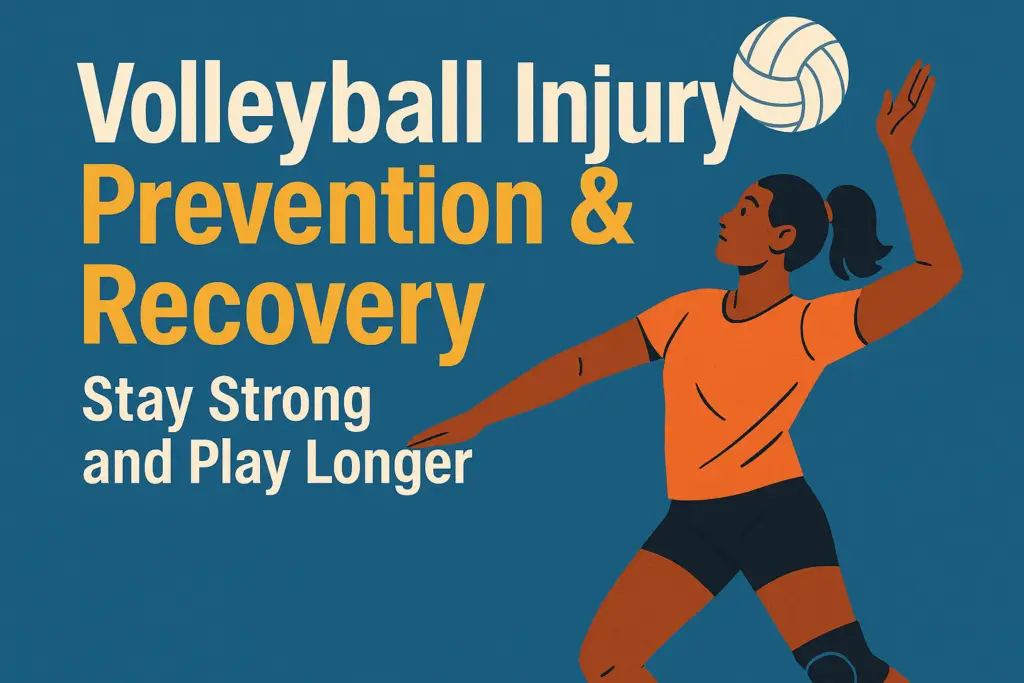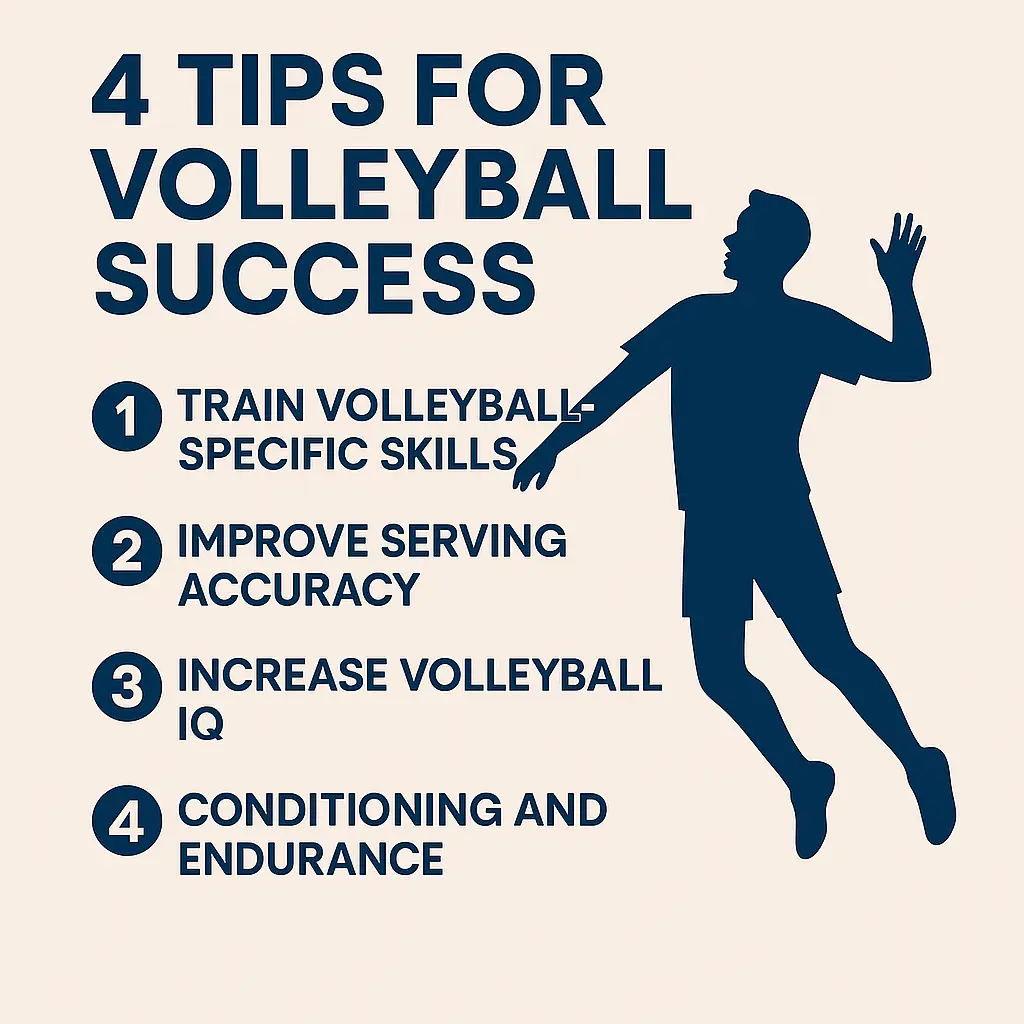Volleyball Injury Prevention & Recovery: Stay Strong and Play Longer
Volleyball is a fast-paced sport that demands quick movements, high jumps, and repetitive motions. While it’s exciting and full of energy, it can also be tough on your body. Whether you're spiking, diving, or blocking, your joints and muscles are constantly under stress. That’s why understanding volleyball injury prevention and recovery is crucial if you want to stay healthy and perform at your best.
In this article, we’ll break down the most common volleyball injuries, share tips for avoiding them, and give you the best recovery strategies to bounce back faster and stronger.
🚨 Common Volleyball Injuries and What Causes Them
Before diving into prevention, it’s important to know what to watch for. Here are some of the most common injuries in volleyball:
-
Ankle sprains from landing awkwardly after a jump
-
Knee injuries like patellar tendinitis ("jumper’s knee") from constant jumping
-
Shoulder strains from repetitive serving or spiking
-
Finger injuries from blocking or receiving hard hits
-
Lower back pain from improper posture or overuse
These injuries can sideline you for weeks or even months. But most of them are preventable with smart training, proper technique, and recovery habits.
🛡️ Injury Prevention Tips for Volleyball Players
1. Warm Up Properly Every Time
Never skip your warm-up. A dynamic warm-up increases blood flow, loosens muscles, and prepares your joints for action. Think high knees, butt kicks, arm circles, and jumping jacks.
Pro Tip: Focus on warming up the joints you use most—ankles, knees, shoulders, and wrists.
2. Strengthen Supporting Muscles
A well-balanced strength training routine helps support your joints and prevents overuse injuries. Focus on your core, glutes, and rotator cuff muscles.
Hack: Add resistance band exercises, planks, and hip bridges to your training schedule.
3. Wear Protective Gear
Use ankle braces, knee pads, and finger tape when needed—especially during intense matches or if you're recovering from past injuries. They offer support and minimize strain.
4. Focus on Form and Technique
Poor technique is a leading cause of injuries. Whether you're jumping, hitting, or diving, use proper form to reduce strain on your body.
Suggestion: Ask a coach or teammate to check your form and make adjustments.
♻️ Smart Recovery Strategies for Volleyball Players
1. Prioritize Rest Days
Training hard without rest is a fast track to burnout and injury. Schedule at least one full rest day per week to allow your muscles and joints to recover.
2. Use Active Recovery
Light activity like walking, yoga, or swimming helps increase blood flow and reduce stiffness without putting stress on the body.
Bonus Tip: Use this time to work on flexibility and mobility.
3. Ice, Compress, Elevate
For sore or inflamed areas, follow the R.I.C.E. method: Rest, Ice, Compression, and Elevation. It reduces swelling and speeds up healing, especially for ankle and knee injuries.
4. Hydrate and Fuel Up
Proper nutrition helps muscles repair and grow stronger. Eat protein-rich meals and hydrate well—especially after practice or games.
Quick Fix: Try a protein shake within 30 minutes of training.
5. Don’t Ignore Pain
A little soreness is normal, but sharp or lingering pain is a warning sign. Rest, apply ice, and see a professional if needed. Ignoring it can turn a minor issue into a serious injury.
🏁 Final Thoughts
Staying injury-free in volleyball isn’t just about luck—it’s about preparation, smart choices, and taking care of your body. By following these volleyball injury prevention and recovery tips, you can stay in the game longer, play harder, and enjoy every point without pain holding you back.
Make these habits part of your regular routine, and you'll not only reduce injuries—you'll come back stronger after every match.


